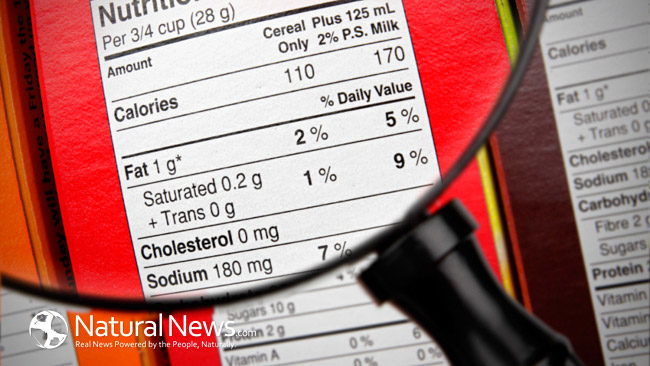A gluten-free labeling standard on packaged foods in the United States took effect last week. This is good news for a myriad of consumers in the U.S., especially for an estimated 3 million Americans who have celiac disease. The U.S. Food and Drug Association (FDA) issued a final rule defining “gluten-free” for food labeling last August. The new gluten-free labeling standard is now officially mandated.
Gluten-free labeling helps American consumers
The new rule issued by the FDA provides a standard definition to protect the health of Americans with celiac disease and foster accountability from food manufacturers.
Celiac disease is also called celiac sprue or gluten-sensitive enteropathy. It is an autoimmune and digestive disorder. People who suffer with this disease may develop serious damage to the lining of their small intestine if they eat food with gluten. Additionally, they are at risk of developing severe complications, such as malnutrition, abdominal pain, lymphoma, fever, infertility, miscarriages, osteoporosis, intestinal cancers, growth retardation, and weight loss.
Gluten is a type of protein found in grain, such as wheat, rye, and barley. Gluten is also found in cookies, pastries, crackers, gravy, cakes, and dressings, to name a few. Typically, the human body’s immune system provides protection from foreign invaders. However, when a person with the celiac disease consumes food containing gluten, his or her immune system develops antibodies and attacks the gluten, which ultimately attacks the intestinal lining.
Furthermore, hair-like structures on the small intestine walls called villi become damaged and inflammation occurs. Once the villi are damaged, the person is unable to absorb nutrients properly, which could lead to further unhealthy, and sometimes fatal complications.
Gluten-free labeling standard definition
The FDA’s press release issued August 5, 2014 mandates that food manufacturers must comply with the FDA’s “gluten-free labeling final rule” and definition.
The FDA statement is briefly explained as follows, “This new federal definition standardizes the meaning of “gluten-free” claims across the food industry. It requires that, in order to use the term “gluten-free” on its label, a food must meet all of the requirements of the definition, including that the food must contain less than 20 parts per million of gluten.”
This new rule requires that food manufacturers must adhere to the new standard when labeling their products “no gluten,” “free of gluten,” “without gluten,” or “gluten-free,” or face regulatory action from the FDA.
Many advocates for people with celiac disease welcome this new rule. Eating foods with gluten in them, such as cakes, pasta, breads, and cereal, is potentially life threatening for people with celiac disease. Proper labeling helps consumers make the right and healthy choice when purchasing food.
T.J. McIntyre, Senior Vice President and General Manager for Boulder Brands, comments on the new standard saying, “Creating a uniform definition for what gluten-free means across all products will enable them to safely and easily navigate through the ever-expanding gluten-free product aisles.”
In the last few years, gluten-free foods have grossed over 4 billion dollars. People without celiac disease say they buy gluten-free food products because they make them feel better.
Do restaurants have to comply with this new ruling?
The new gluten-free rule applies to packaged foods. Some food service and retail businesses, like carry out restaurants sell packaged foods. However, the FDA explains they will work with state and local governments to offer a public service with respect to gluten-free labeling in restaurant establishments.
In the meantime, for the consumer concerned about whether the food served at a restaurant is gluten-free, the FDA recommends to ask specific questions before placing his or her order.
The first question is, “What does the restaurant mean by the term “gluten-free?”
Second, “What are the ingredients used in this item?”
Third, “How is this item prepared?”
National Restaurant Association’s Senior Director of Nutrition, Joy Dubost, Ph.D., R.D. explains, “With the new FDA gluten-free regulations now being enforced, restaurants will be well-served to ensure they are meeting the FDA-defined claim. We will continue to work with restaurant operators and chefs to assist and ensure a favorable dining experience for consumers.”
What to expect in the marketplace
The FDA’s director of food labeling and standards, Felicia Billingslea advises that some foods in the marketplace may be labeled “gluten-free” when, in fact they are not. Foods products, like pasta have a longer shelf life and they may legally stay on the shelf, for the time being.
Nevertheless, consumers should contact the manufacturer via their website or other means if they doubt whether a food product is gluten-free, or have questions about a product’s ingredients.
In addition, consumers can contact the FDA’s Center for Food Safety and Applied Nutrition by calling (240) 402-2405, or by visit their website: www.fda.gov to file any complaints about compliances with the new regulation.












